There have been several interesting discoveries made recently about animals that lived during the Mesozoic Era, the ‘Age of the Dinosaurs’ from about 230 to 66 million years ago. Three of the four studies deal with dinos themselves but since I like to start with the oldest and work my way forward in time I’m going start with the non-dino story.
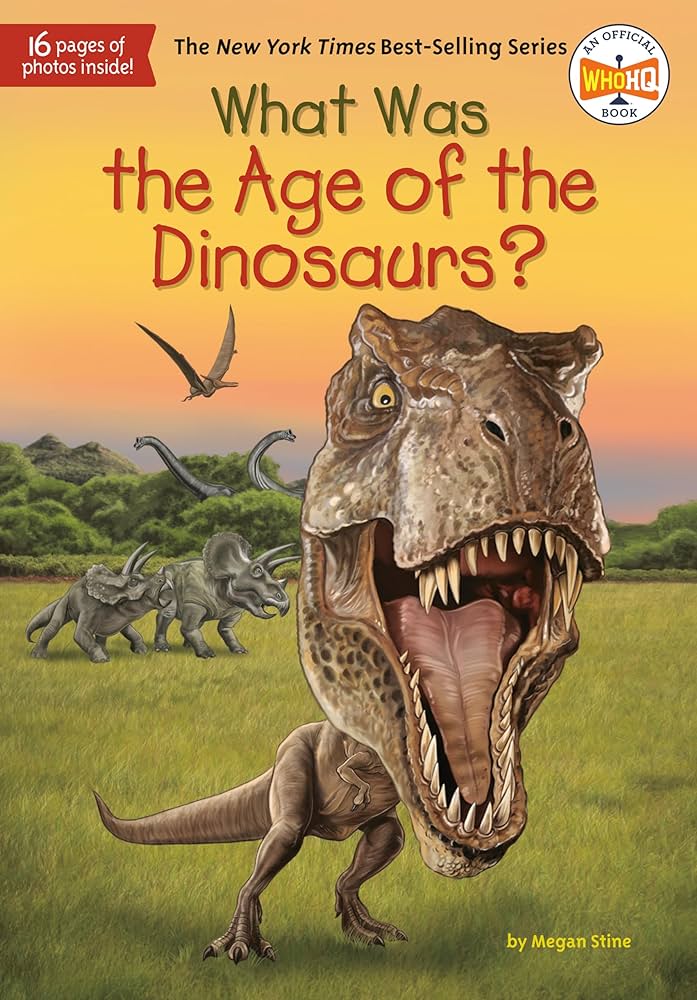
However I suppose most people would regard an Aetosaur as a dinosaur, in the Triassic period Aetosaurs were a group of large reptiles with extremely thick, bony scales covering their bodies for protection. The Aetosaurs dominated the land about 220 million years ago just before the rise of the dinosaurs and are in fact the ancestors of our modern crocodiles and alligators.
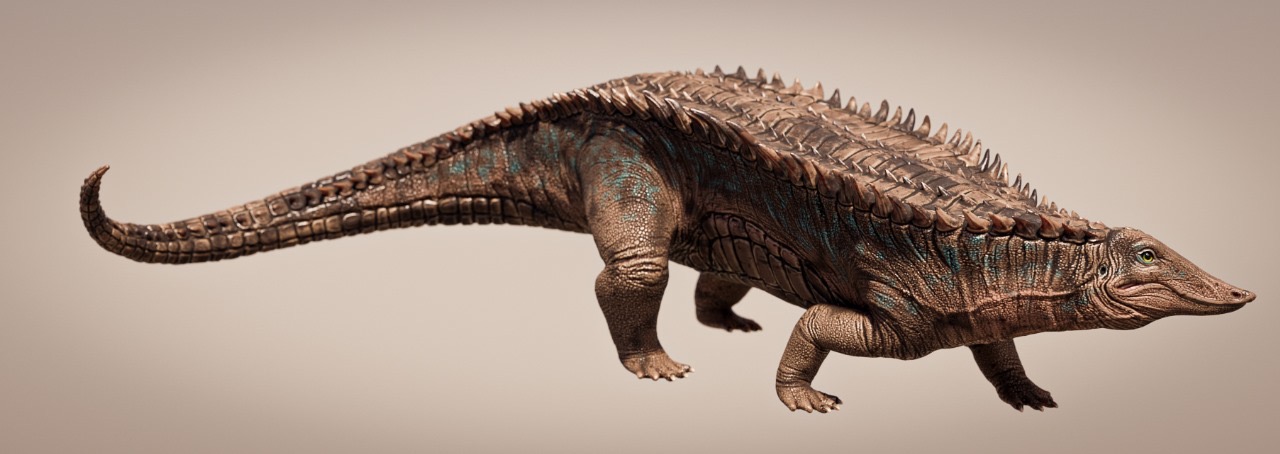
Aetosaur fossils have been unearthed on every continent except Antarctica and Australia but for the most part the fossils have been isolated specimens of those thick bony scales. Bones and nearly complete skeletons of Aetosaurs are quite rare. That’s what makes the recent paper describing a new species of Aetosaur from Texas so important; the animal’s remains are about 70% complete. In a new article describing the fossil it has been given the name Garzapelta muelleri because it was discovered in Garza county in Texas, it’s covered with a very strong skin or pelt and it was originally unearthed by paleontologist Bill Mueller.
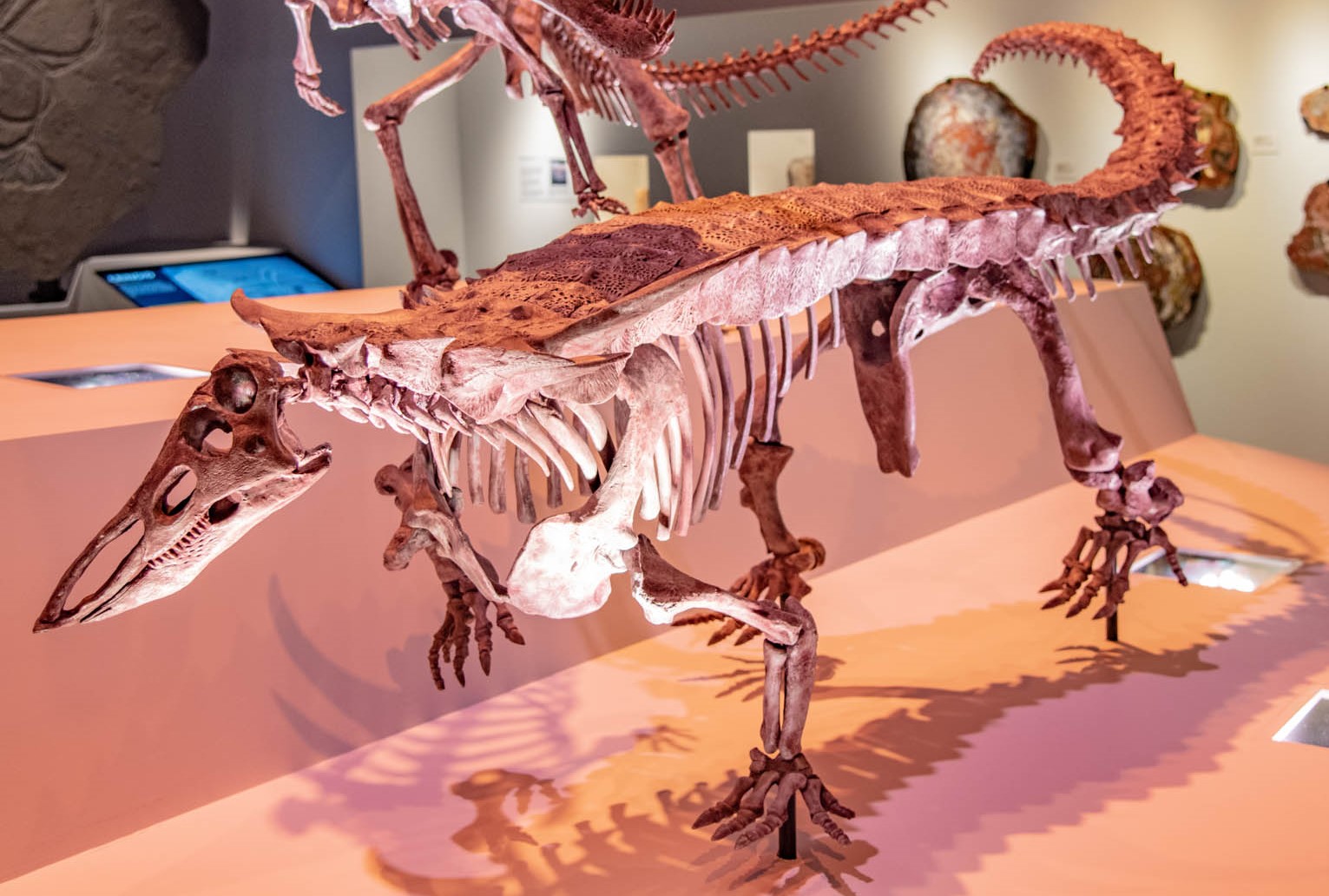
Garzapelta muelleri is actually not a new discovery however; in fact the fossil had been lying in a storage room at Texas Tech University for almost thirty years. It wasn’t until graduate student Bill Reyes came across the fossil and decided it might be worth spending several years cleaning it up and preparing it for study that G muelleri could finally be described and published. Another example of how some of the best fossil hunting is done in the basements and storage rooms of natural history museums.
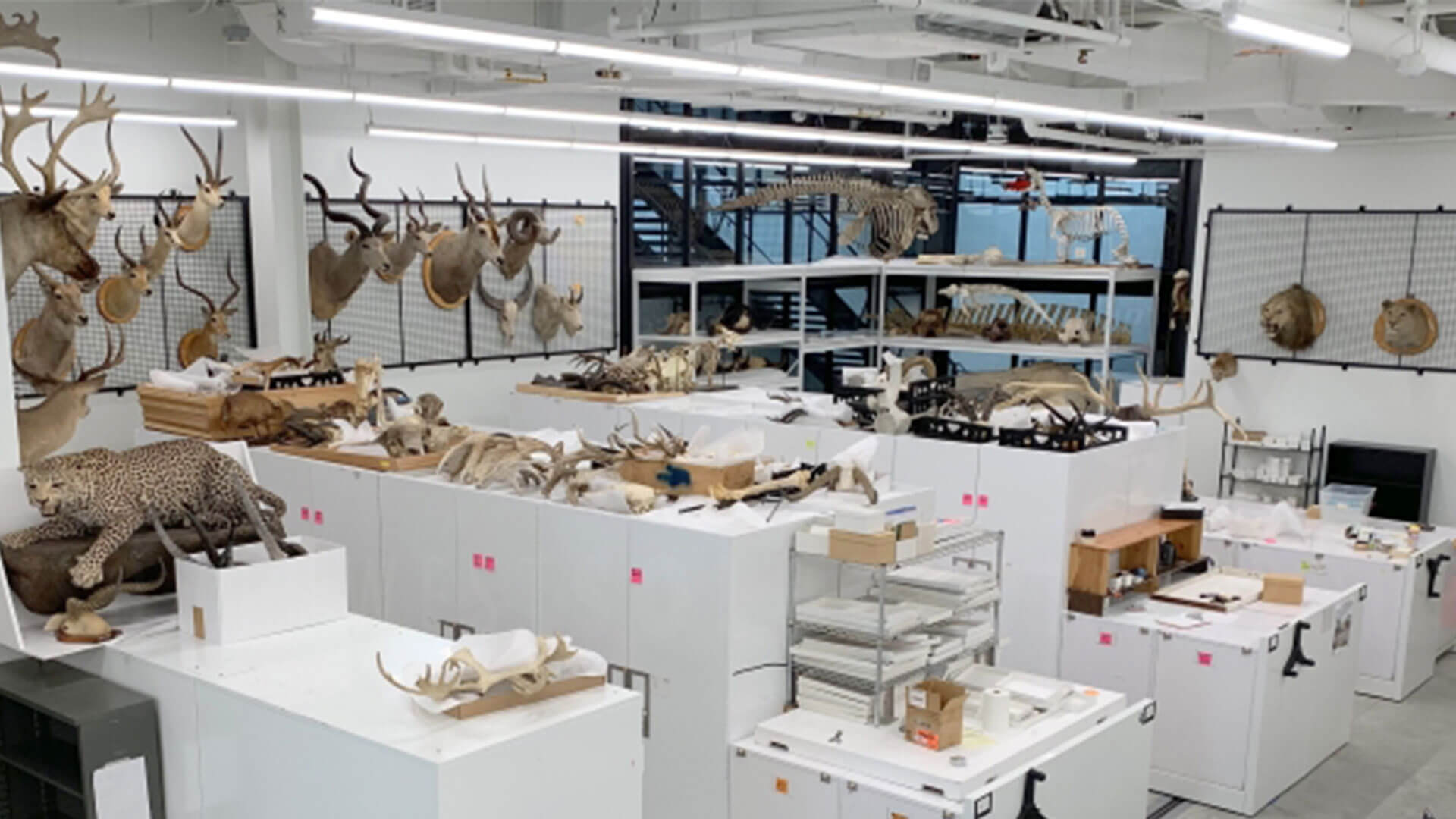
Getting back to actual dinosaurs, not all fossils are from the remains of animals who died long ago, many are the remains of the activity of extinct creatures, especially their tracks or footprints. Hundreds of examples of dinosaur footprints are known, from many different types of dinosaurs, although narrowing any footprints down to a single species that made them is difficult.
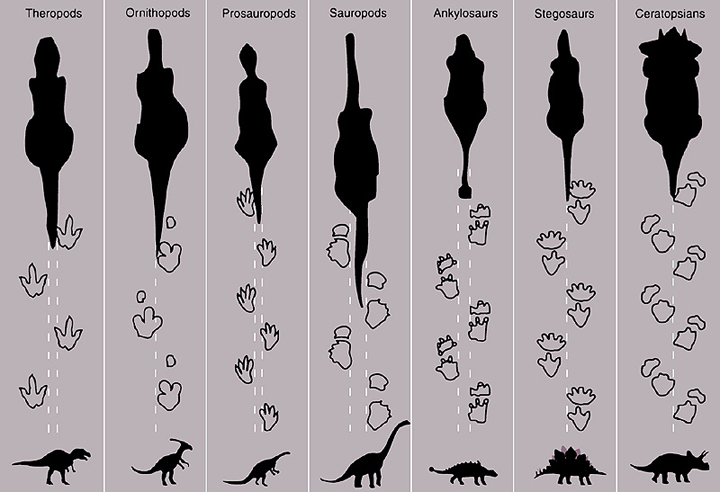
A newly recognized track of footprints in Colorado are now being announced as the longest known track by a sauropod dinosaur, those huge long necked and long tailed dinosaurs that were the largest animals to ever walk on land. The site contains an estimated 134 steps by the animal who appears to have been heading north, turned east before changing it’s mind and turning around to go west. The turning around motion is something never seen before for sauropods and will tell us a lot about how they moved.
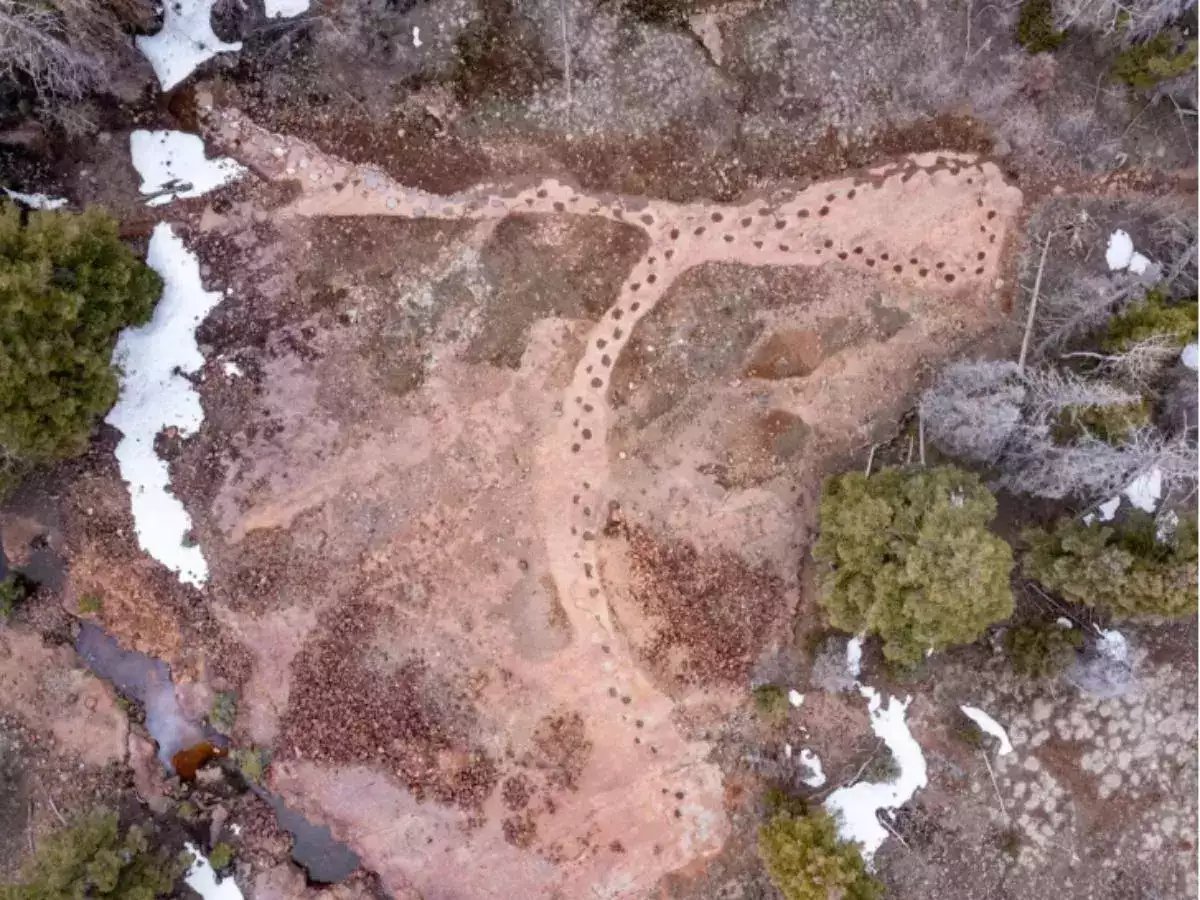
The trail is now the property of the Grand Mesa, Uncompahgre and Gunnison National Forests who bought the property from the Charles family whose children had played among the ‘potholes’ for years without knowing they were dinosaur footprints. The good news is that you can visit the footprints in the National Forest. The bad news is that it’s a three-kilometer hike up a steep grade to the 2800-meter elevation site.

Back when I was first learning about dinosaurs it was assumed that they were cold blooded animals like other reptiles but nowadays nearly all paleontologists think that at least some groups of dinosaurs were warm blooded. The clearest evidence for this idea comes from well preserved fossil impressions showing that some dinosaurs had evolved feathers, not for flight but instead as insulation to keep warm. At the same time there are many early bird fossils that show anatomical similarities to dinosaurs!
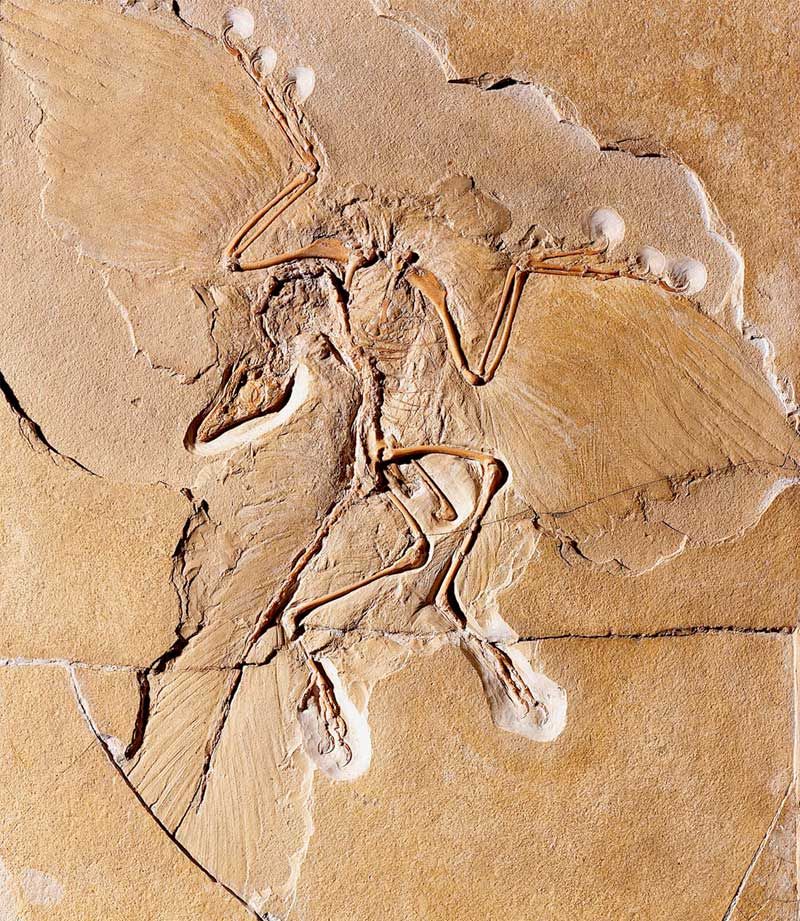
So if dinosaurs did evolve warm bloodiness the questions we need to ask are, when did dinosaurs become warm blooded, which dinosaur groups evolved to be warm blooded and perhaps most critically, just how do we answer those two questions? Now a new study by a group of paleontologists from the University College of London and the University of Vigo in Spain has tried to understand warm bloodiness in dinosaurs by examining their distribution in various temperature regions of the Mesozoic world.
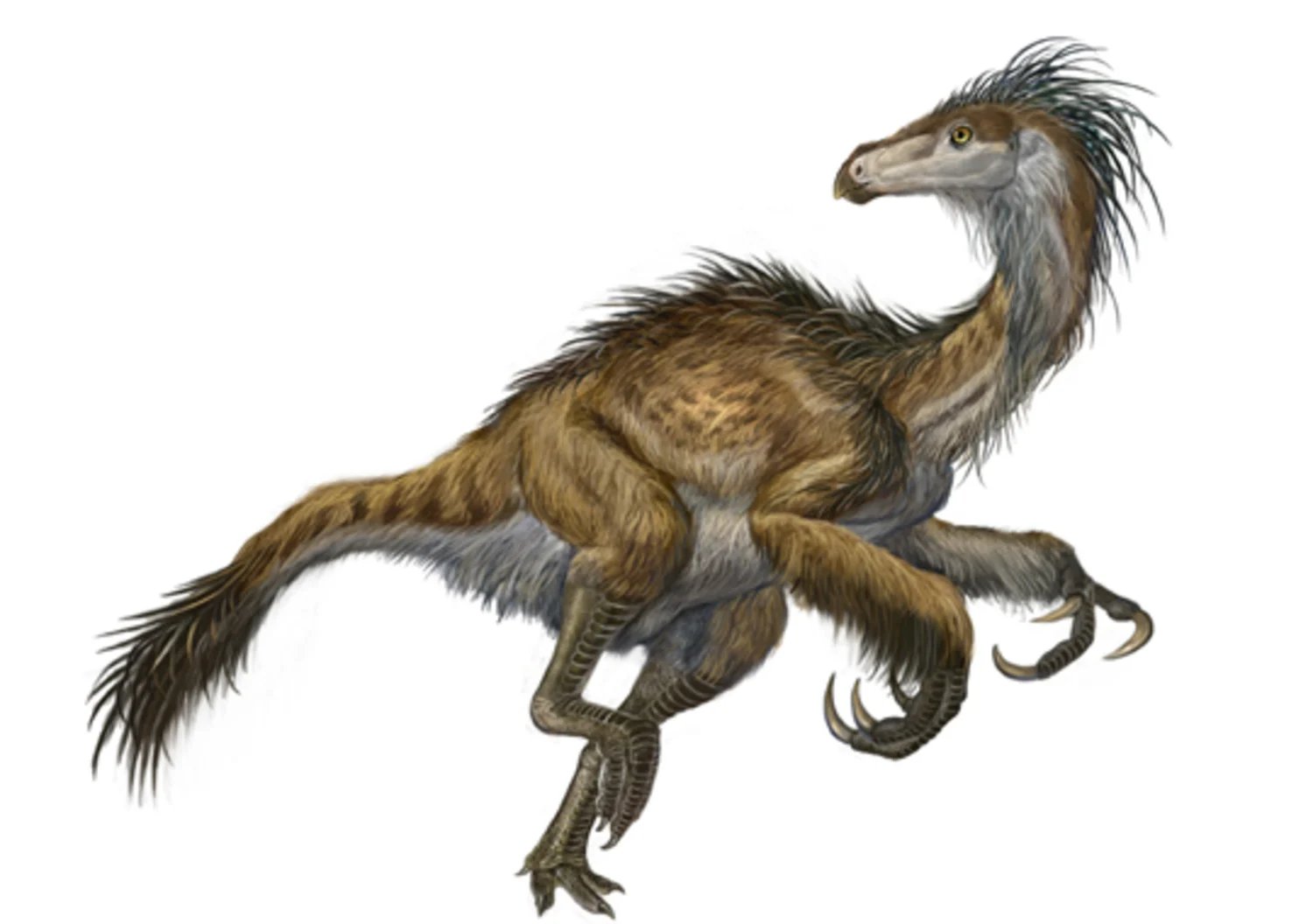
Look at it this way, the whole reason for an animal to evolve to be warm blooded is so that they can be active in cold temperatures. That’s why you don’t see many reptiles in Polar Regions and that’s why both reptiles and insects like to sun themselves in the morning to warm their bodies. It’s the heat that they get from the Sun that allows them to become active. On the other hand the metabolism of mammals and birds is always high because of their warm blood. So, the researchers reasoned, if fossils of dinosaur species have been found in locations that were cold back when the dinos lived there then it’s a fair bet that those dinosaur species were warm blooded!
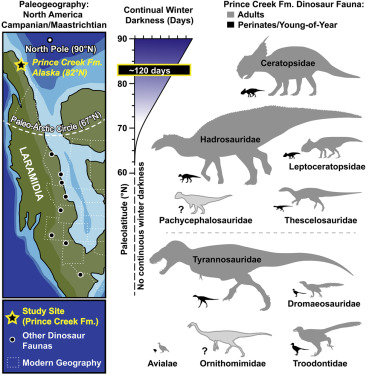
According to that logic the study found that it was the members of the Theropod and Ornithischian groups of dinosaurs that became warm blooded approximately 180 million years ago. The theropods are the two legged predators like T rex and Velociraptor while the ornithischians contain such species as triceratops and the hadrosaurs. The sauropods, the biggest of the dinosaurs stayed in the warmer, tropical regions and do not appear to have evolved warm bloodiness. The study suggests that the sauropods may have evolved their huge size in order to store heat in their massive bodies rather than generate it by becoming warm blooded.
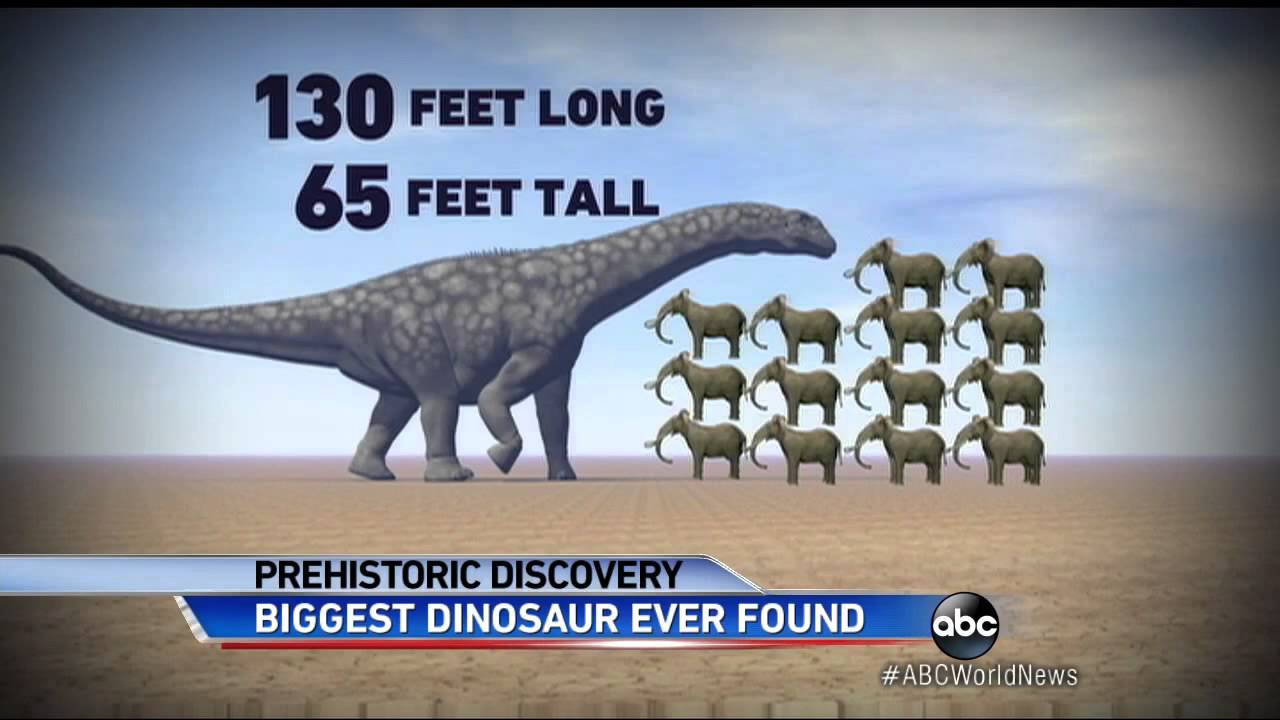
Finally, I mentioned above that there is now abundant evidence that some species of dinosaur possessed feathers over at least some parts of their bodies in order to keep them warm. The Velociraptor is thought to be one of those species. However the precise details of the evolution of feathers from reptile scales are still rather mysterious.
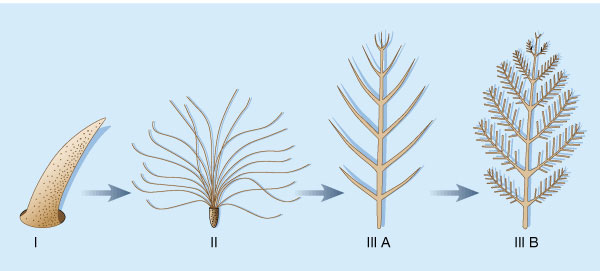
Now a new specimen of a feathered dinosaur called Psittacosaurus is revealed some of those details. A small creature from about 135-120 million years ago Psittacosaurus belonged to the branch of dinosaurs that would soon evolve into the birds we know today. Previously examined fossils of Psittacosaurus have shown that the animal had some feathers that covered a portion of its body and initially the specimen NJUES-10 appeared to be the same.
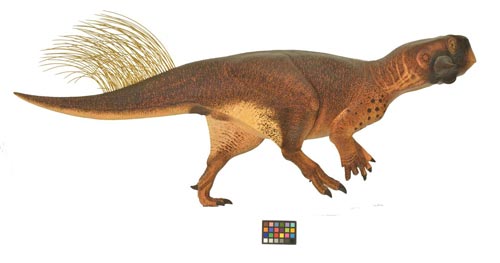
It was only when specimen NJUES-10 was examined under Ultra-Violet (UV) light that impressions of its skin from other places on its body were discovered. After further examinations with both X-rays and Infra-Red (IR) light it became clear that Psittacosaurus had lizard like scales everywhere on its body that didn’t have feathers. In other words, even as dinosaurs were evolving feathers they still kept their reptilian scales in order to protect the rest of their bodies. Psittacosaurus therefore appears to have been truly half dinosaur and half bird, a real missing link.
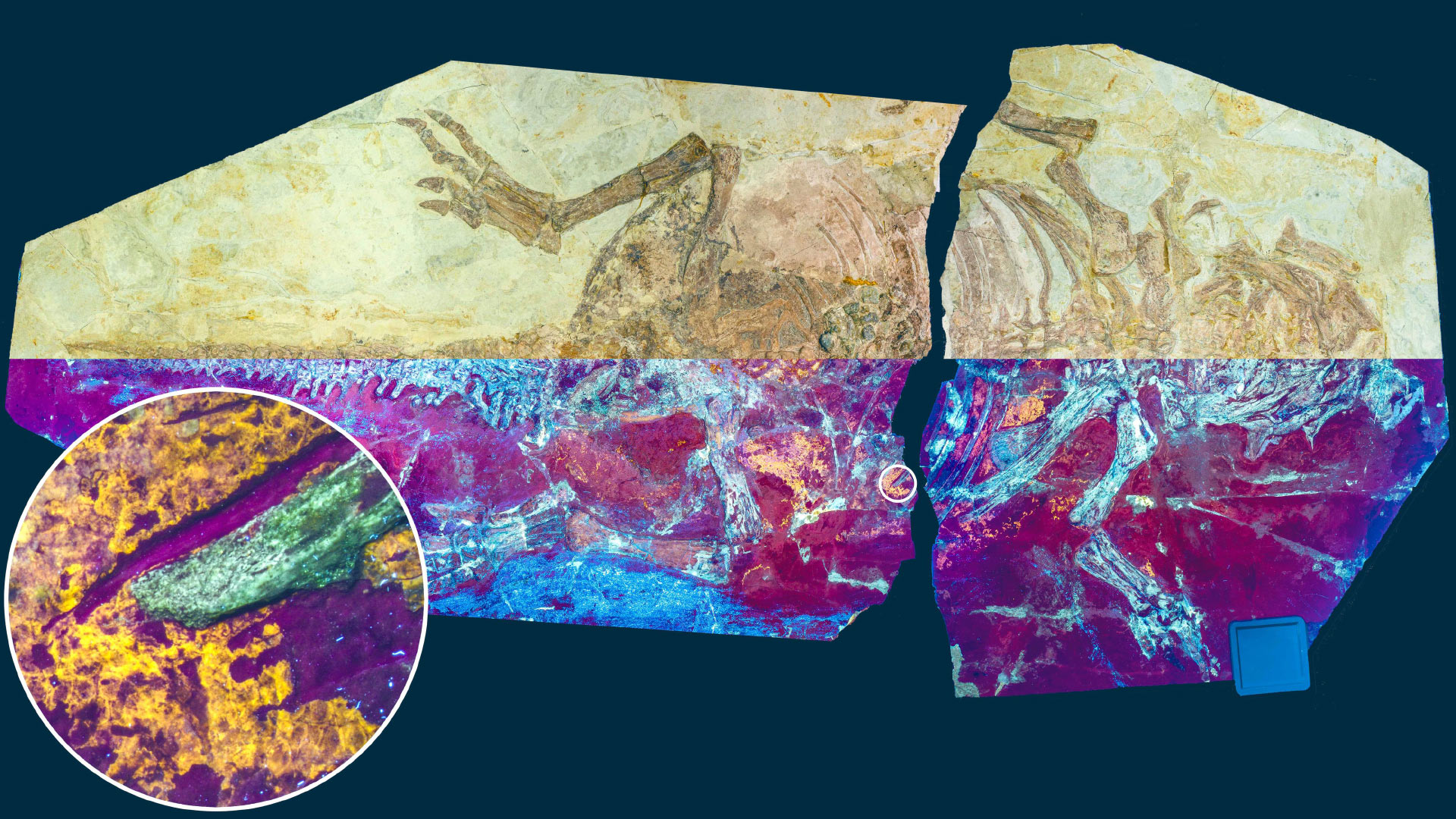
Even with all of the research that has gone into studying dinosaurs over the last 200 years there’s still plenty of questions left to be answered.
